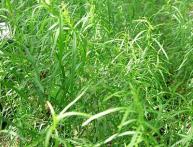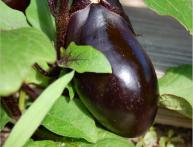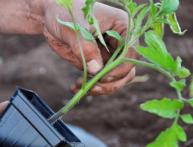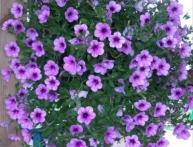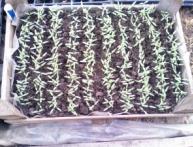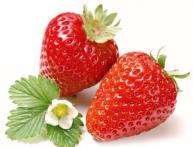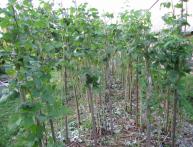Planting and caring for Actinidia kolomikta (northern kiwi)
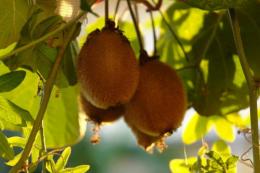
Actinidia kolomikta or northern kiwi or northern gooseberry is a fairly common plant these days. Its popularity has increased with the development of frost-resistant varieties. Actinidia can not only decorate your site, shading gazebos for relaxation with its thick vines, but also give healthy sweet and sour fruits with a pleasant taste, reminiscent of apple, strawberry, watermelon, and pineapple.
Landing place
Since actinidia is a climbing perennial plant, it should be planted near hedges or artificial supports should be created; however, it should not be planted near trees, since it may die in the struggle for life-giving moisture. Choose a slightly shaded place with moist soil, but without close groundwater. The best option for planting actinidia kolomikta is acidic and slightly acidic soils without lime. The best time for planting is early spring.
Care and weak points
Caring for actinidia is not difficult. Watering, weeding, fertilizing with mineral fertilizers, loosening the soil, moistening the foliage in hot, dry weather - these simple manipulations will help the plant bear fruit for a long time. Like all plants, actinidia has its weaknesses, the most significant being instability to frost in late spring, but in most cases the kolomikta variety does not suffer from this, being the most frost-resistant, it can withstand wintering even at temperatures of -50 degrees.Such minor shortcomings as uneven ripening and crumbling of northern kiwi fruits are insignificant. Non-simultaneous ripening is even a plus, because you can prolong the pleasure of enjoying fresh berries.
With proper care, actinidia will delight you for 30 years or more.

